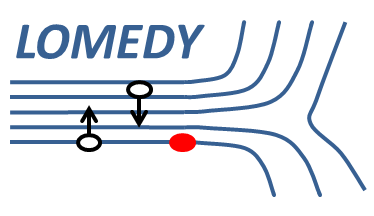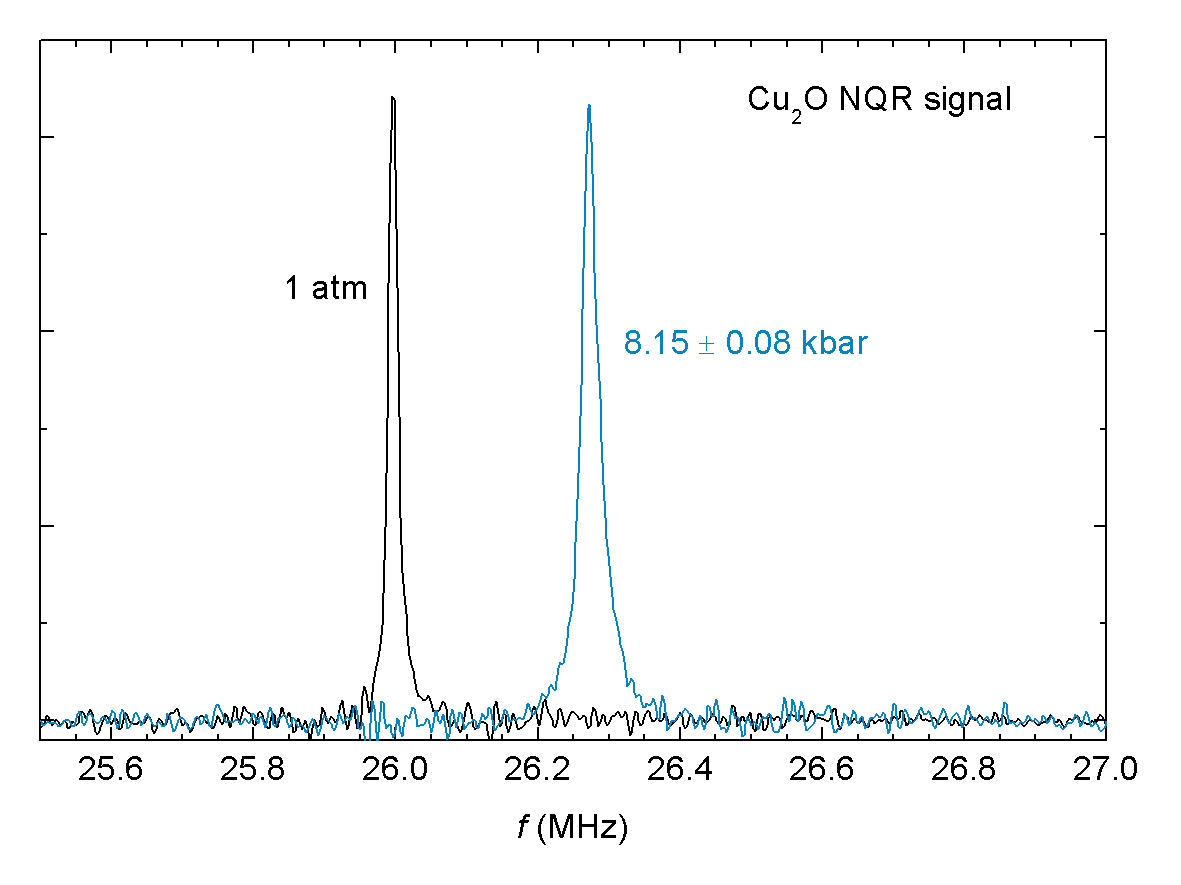

P. Kolar, M. S. Grbić, S. Hrabar, Sensors 19, 03064 (2019)
M. S. Grbić, JAP 125, 224501 (2019)
T. Cvitanić, M. Lukas, M. S. Grbić, Rev. Sci. Instrum. 90, 043903 (2019)
D. Pelc, P. Popčević, M. Požek, M. Greven, and N. Barišić, Sci. Adv. 5, eaau4538 (2019)
D. Pelc, H.-J. Grafe, G. D. Gu, and M. Požek, Phys. Rev. B 95, 054508 (2017).
R. Blinder et al. Phys. Rev. B 95, 020404(R) (2017).
D. Pelc, M. Vučković, H.-J. Grafe, S.-H. Baek, M. Požek, Nature Communications 7, 12775 (2016).
D. Pelc, M. Požek, V. Despoja and D. K. Sunko, New J. Phys. 17, 083033 (2015).
M. Došlić, D. Pelc and M. Požek, Rev. Sci. Instrum 85, 073905 (2014).
T. Cvitanić, D. Pelc, M. Požek, E. Amit, and A. Keren, Phys. Rev. B 90, 054508 (2014).
 Within the scope of his doctoral research, member of the NMR group Ivan Jakovac published a research paper on a heavy fermion compound Ce3Pd20Si6 (abbreviated CPS) in the journal J. Phys.:Cond. Mat. 32, 245601 (2020). CPS is of significant interest for the researhc community since the electrons here acquire larges effective mass due to strong correlations caused by the vicinity of the quantum critical point. Apart from that this is the first compound with two crystallographically inequivalent cerium sites, and two types of correspoding correlations.
Within the scope of his doctoral research, member of the NMR group Ivan Jakovac published a research paper on a heavy fermion compound Ce3Pd20Si6 (abbreviated CPS) in the journal J. Phys.:Cond. Mat. 32, 245601 (2020). CPS is of significant interest for the researhc community since the electrons here acquire larges effective mass due to strong correlations caused by the vicinity of the quantum critical point. Apart from that this is the first compound with two crystallographically inequivalent cerium sites, and two types of correspoding correlations.
NMR and NQR research of the palladium nuclei described in the paper is just an initial description of how the measured signals correspond to particular nuclear transition of a specific Pd site. Its results are crucial for exact description of quantum correlations that present the most interesting part of research on this compound.
The paper is published in an open access format and can be read from the link above.
Researchers from the Department of Physics Damjan Pelc, Marija Vučković, Mihael Grbic, Miroslav Požek and Neven Barišić discovered a new property of high-temperature superconductors, showing that the formation of superconductivity in the cupreates can be universally understood through the process of percolation. The discovery was published in Nature Communications in collaboration with colleagues from the US and Japan.
As a result of the collaboration between researchers Damjan Pelc, Miroslav Požek and Neven Barišić from the Department of Physics, with the scientists from the Institute of Physics, the Technical University of Vienna and the University of Minnesota, a paper was published in the prestigious magazine Quantum materials from the Nature journal group, in which superconductivity in dc electrical resistance is explained by a simple model of superconducting percolation.
In high-temperature superconductors based on copper and oxygen, electrons conspire to form a rich variety of ordered phases. One of the most important are charge stripes, where the electrons organize into wave-like charge patterns in the material. To study charge stripes, experimental probes such as nuclear magnetic resonance (NMR) are used to provide microscopic information on stripe physics. Yet NMR studies of charge stripes in one of the prominent copper-oxygen compound families - lanthanum-based cuprates - have long been hampered by an effect known as signal wipeout: the NMR signals strongly decrease when charge stripes form. Damjan Pelc and Miroslav Požek in collaborations with colleagues from Dresden and Brookhaven (D. Pelc et al., Phys. Rev. B 95, 054508 (2017)) describe a way to detect the wiped-out signal, resolving the nature of the wipeout after long-running controversies, and enabling new insight into the behavior of charge stripes in cuprates.
Our team collaborated with the group at LNCMI to inspect the microscopic properties of the magnetic field-induced order in DTN - the archetype compound for BEC systems. The system was studied in the vicinity of the upper critical field (Hc2 = 12.32 T), where by using static NMR data we traced the emergence of boson density upon entering the BEC phase for H < Hc2, and for the first time tested the validity of various theoretical predictions.
The paper has been published in Physical Review B - Rapid Communication, and received the Editors' Suggestion. It can be found at the link http://journals.aps.org/prb/abstract/10.1103/PhysRevB.95.020404

In a paper published today by Nature Communications our team Damjan Pelc, Marija Vučković and Miroslav Požek in collaboration with researchers from Dresden published a discovery of a nematic charge phase between stripe charge order and a metallic state in La1.8-xEu0.2SrxCuO4, thus explaining how the charge stripes melt in cuprates.
This is already a third paper this year published in Nature Communications in which the authors were researchers from the Department of Physics.

The first ever pressure-dependence study has started at the Department of Physics. One of the goals of the UKF project Quantum CorES was to initiate the pressure research at the faculty, and we are happy to report that the first pressure mounting has been successful.
In the image to the left one can see two signals - an NQR signal of Cu2O powder measured at ambient pressure and at 8.15 kbar. The position of the line moves due to a change in ionic interaction of copper and surrounding oxygen, when the crystal cell is under stress.
Pressure is increased via hydrostatic compression, and the plan is to reach 26 kbar this summer.
To our great joy, the era of pressure research has begun at the Faculty of Science.
We thank our colleague P. Popčević from the Institute of Physics who helped us in preparation of this experiment.